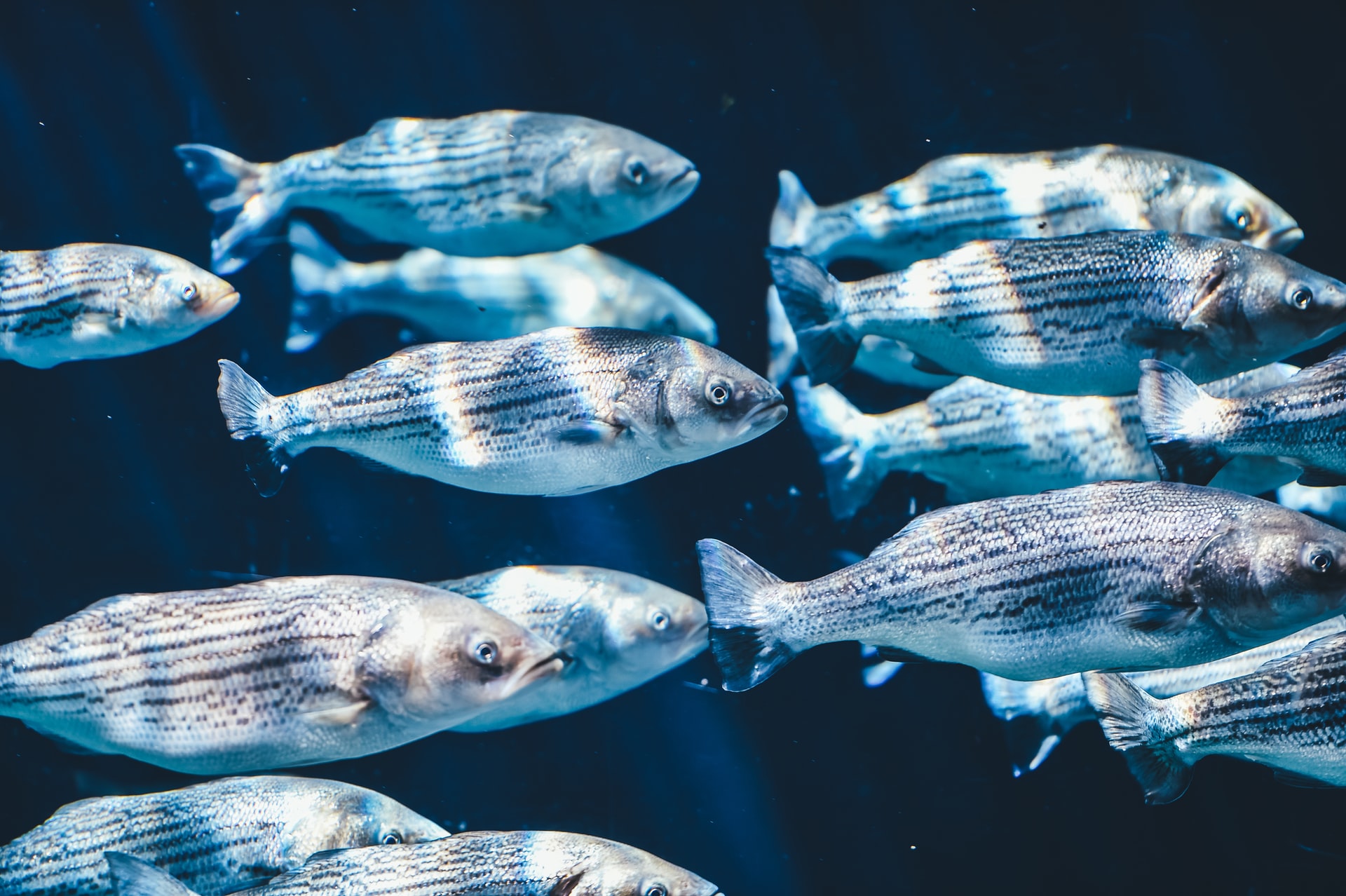Pharmaceuticals are ending up in our water. Here’s what can be done.
Traces of medical and illicit drugs found in water are impacting wildlife and may cause a risk to human health.
Thanks to advances in medical science, we now have access to a wide range of treatments to address aches and pains of all kinds – from minor symptoms to severe conditions. In agriculture, too, farmers rely on veterinary products to take care of their animals, and their livelihoods.
But after they have been consumed, these pharmaceutical chemicals do not entirely disappear. Traces of medication – and also of illicit drugs – can be detected in surface water, groundwater, wastewater and even drinking water around the world.
Awareness of this problem is increasing – in part due to improved analysis techniques that have helped to identify sources of contamination, but also because drug use is growing.
An invisible trickle-down effect

There are multiple ways for such substances to enter waterways after being consumed by humans or animals. For example, around 269 million people worldwide use illicit drugs each year, and the byproducts that are not metabolised end up in our sewers. The same happens for many prescribed medicines. After being treated in sewage plants – which are not designed to filter out traces of such drugs – the water may be returned to surface water reserves, meaning above-ground water sources such as lakes and streams. The water is then potentially repurposed as drinking water.
Farm animals are also increasingly medicated, with a 67% rise in livestock antibiotic use by 2030 forecast by the OECD. Animal excretion is also increasing and more likely to be used as manure, meaning traces of pharmaceuticals may then leach into the soil and groundwater (water present under the Earth’s surface). This can also later become drinking water, with traces of pharmaceuticals still present.
From helpful treatment to harmful contaminant

The presence of pharmaceuticals, even at very low concentrations, can have a negative impact on biodiversity, in particular for animals.The OECD reported that the adverse effect on ecosystems can include impacts on animal mortality, physiology, behaviour and reproduction.
For example, studies have shown that in England, caged fish exposed to traces of hormones used in contraceptive medicine changed sex from male to female within weeks, and high instances of hermaphrodite fish were also reported.
Traces of antidepressants have also been found to alter the behaviour of European perch causing increased activity, reduced sociality, and a higher feeding rate.
In the Czech Republic, researchers found that trout exposed to the drug methamphetamine experienced signs of anxiety and stress when access to the drug was suspended, similar to signs of drug withdrawal in humans. While withdrawal symptoms lasted for 10 days, alterations to their brain chemistry due to the drug were still present, suggesting potential long-term effects.
The impact on human health is less clear. Some scientists argue the risks for humans are much lower than for smaller species such as fish, as we are less exposed to contaminated water and better able to handle the minimal traces that may be present. However, studies into the effects for humans are lacking and there are still concerns about exposure – either through drinking water or through eating affected fish.
3 ways countries are tackling the issue

The most obvious way to protect human health from pharmaceutical contaminants might be to upgrade water treatment plants to better filter out traces of pharmaceuticals and illicit drugs. Although this could currently be a costly and limited solution, some scientists are developing tools that could help make this possible in the future.
In Canada, researchers have run successful trials testing a solution that absorbs cancer treatment drugs from water, and in the EU one laboratory has developed an enzyme-carrying filtration system that can remove a range of contaminants and be easily installed in wastewater plants.
Another solution could be to improve monitoring of pharmaceutical use and regulations for how they can be disposed of.
Around the world, different countries are implementing national regulations along these lines. The United States has introduced national regulations for disposing of pharmaceuticals in the health sector. Sweden has ranked pharmaceuticals for common diseases according to their efficacy and their reduced environmental impact.
Germany has a similar environmental checklist for farmers and vets with the aim of reducing pharmaceutical use among animals.
It is likely that a combination of different approaches will be the most effective. For example in the Netherlands, a multi-layered approach is addressing the issue in three ways: encouraging pharmaceutical companies to develop medicines with a lower environmental impact; improving the way drugs are prescribed, used and disposed of; and rolling out more effective removal of contaminants during water treatment.
With drug use for humans and animals forecast to climb in the future, the OECD also advises that more research into the issue is needed to understand the real impact that water contaminated by pharmaceuticals and illicit drugs is having on human and animal health.